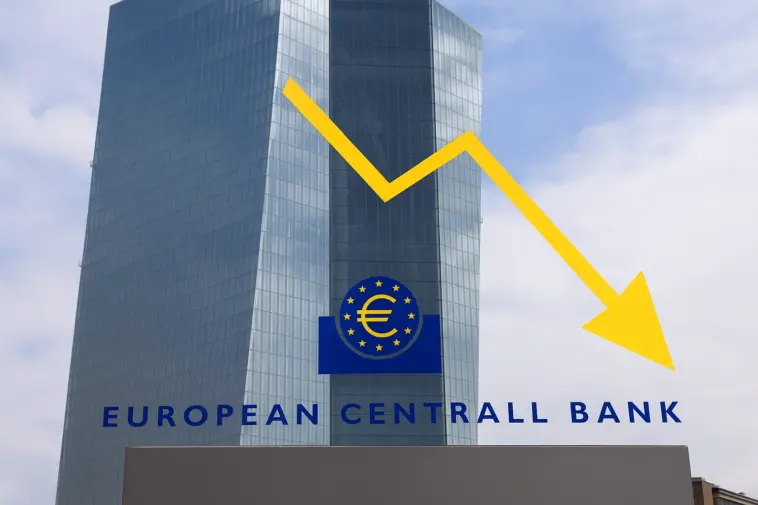After months of hypothesis, European Central Financial institution (ECB) President Christine Lagarde
has made one factor clear: Europe’s financial coverage shouldn’t be locked right into a pre-set course.
In latest remarks, Lagarde emphasised that whereas inflation has eased, dangers stay, and
the central financial institution should preserve its choices open. For hundreds of thousands of European debtors—from
first-time homebuyers to companies counting on loans—this assertion indicators a interval of
uncertainty and gradual adjustment somewhat than fast reduction.
Why the ECB’s Phrases Matter
When the ECB speaks, markets hear. Mortgage lenders, bond markets, and even nationwide
governments regulate their methods primarily based on expectations set in Frankfurt. Lagarde’s
emphasis on “flexibility” means that whereas the ECB is open to additional cuts,
it received’t be rushed into them. The financial institution is balancing two competing forces:
- Falling inflation: Worth development within the eurozone has cooled from
double-digit peaks in 2022 to nearer to three% in late 2025. - Fragile development: Many EU economies, together with Germany and Italy,
are flirting with stagnation, making fee cuts engaging to stimulate demand.
The outcome? A “wait-and-see” method, the place the ECB will reduce charges slowly and cautiously,
relying on new information.
Mortgages within the Eurozone: The Present Image
For homeowners and patrons, the large query is: how will this influence borrowing prices?
Mortgage charges throughout the eurozone have eased barely since peaking in 2023, however
they continue to be considerably increased than the ultra-low charges that outlined the previous decade.
| Nation | Avg. Mortgage Fee (2023 Peak) | Present Avg. Fee (This autumn 2025) | Change |
|---|---|---|---|
| Germany | 4.2% | 3.7% | -0.5% |
| France | 3.9% | 3.4% | -0.5% |
| Italy | 5.1% | 4.6% | -0.5% |
| Spain | 4.8% | 4.2% | -0.6% |
The desk exhibits progress, but additionally the boundaries of ECB affect. Whereas charges are down
about half a proportion level, they continue to be removed from the 1–2% ranges many debtors
loved earlier than 2022.
Instance: Month-to-month Affect for Debtors
Think about a household in Spain taking out a €250,000 mortgage on a 25-year fastened fee:
- At 4.8%, their month-to-month fee was about €1,425.
- At 4.2%, it drops to €1,345—a financial savings of €80 monthly.
Whereas useful, this isn’t transformative. Many households are nonetheless priced out of the
housing market, particularly with rising property values in city facilities like Madrid, Paris,
and Berlin.
The Housing Market Outlook
Europe’s housing markets stay deeply uneven. Nations like Germany, which noticed
restricted worth booms, now face modest declines. In the meantime, Mediterranean nations
with stronger demand from overseas patrons stay sizzling markets regardless of increased borrowing prices.
Lagarde’s message suggests no speedy rescue for affordability challenges.
International Comparability: Fed vs. ECB
The ECB’s cautious stance mirrors that of the US Federal Reserve.
Each establishments are cautious of reducing charges too quick and reigniting inflation. Nevertheless,
the Fed has already moved first, trimming its coverage fee in September, whereas the ECB
has signaled it could wait longer. For world traders, this divergence might have an effect on
foreign money markets, borrowing prices, and cross-border actual property flows.
What Debtors Ought to Count on in 2025
Most analysts predict that the ECB will ship 1–2 cuts in 2025, bringing coverage charges
down by roughly 50 foundation factors. That interprets into modest reduction for mortgage debtors,
however not a dramatic shift.
Debtors ought to plan round three key factors:
- Stability, not shock: Charges are unlikely to break down in a single day,
however they need to ease step by step. - Regional variation: Mortgage prices differ broadly throughout the eurozone;
debtors in southern Europe nonetheless pay greater than in northern Europe. - Inflation-sensitive coverage: If power costs rise once more, fee cuts might
be delayed additional.
Key Takeaways
- The ECB is cautious and versatile, not locked into aggressive cuts.
- Mortgage charges in Europe are easing, however slowly.
- Debtors will see small month-to-month financial savings, however affordability challenges stay.
- The housing market outlook varies sharply throughout EU nations.
Sources: European Central Financial institution, Eurostat, nationwide mortgage associations, Bloomberg, Reuters.

